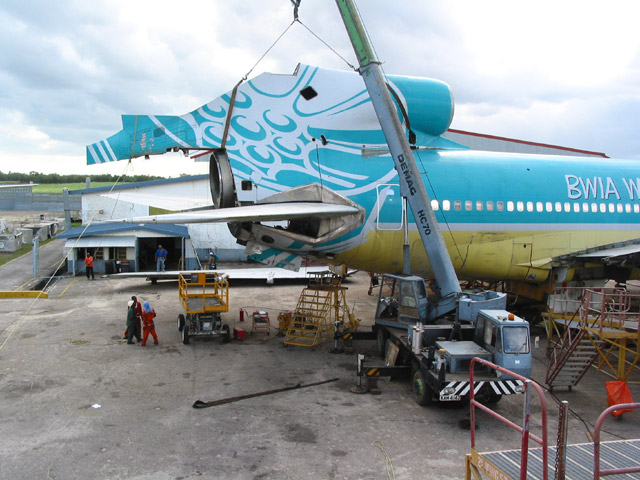
|
||||
|
9Y-TGN (msn 1191) made its maiden flight on July 30, 1980. Delivered to BWIA International (BWIA: British West Indies Airways) on August 14 of the same year as Sunjet Barbados, the aircraft spent its entire life flying with the flag carrier of Trinidad and Tobago.
In December 1999, the company's corporate identity was changed to BWIA West Indies and along came a new blue-green livery which was applied to three of the airline's four L-1011-500s, including 9Y-TGN, which was the first TriStar to be repainted. However, it was not long before financial troubles forced the airline to review its fleet and reduce its size, leading to the retirement of all L-1011s despite acquiring only two Airbus A340s. So 9Y-TGN was retired in March 2001 after logging 60,969 hours and 20,639 cycles, and sat at Port of Spain's Piarco International Airport for the next three years. During the period engines and some other vital parts were slowly cannibalized, and in April 2004, it was finally cut up into pieces. However, unlike others 9Y-TGN is not heading for the scrap merchant. It will be preserved at the Chaguaramas Military Museum.

Vishnu Machel interviewed Collin Haris, a committee memeber of the museum who dealt with getting the aircraft.
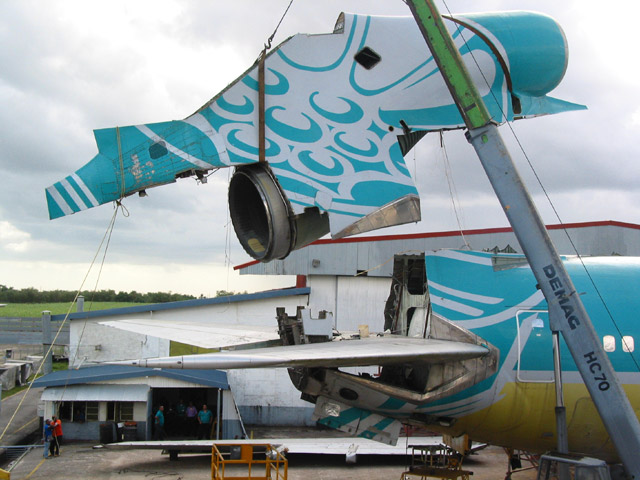
First of all, the Chaguaramas Military Museum is privately funded and there is no government support, which means things are not happening as fast as they would like. After obtaining ownership of the aircraft, they were given a 60 day deadline to remove the aircraft from Piarco. This resulted in the aircraft being cut up into pieces. 4,000 Ibs (1,800 kg) of fuel had to be removed from the tanks and this also delayed plans. Meanwhile, BWIA refused to offer any help, and most of the information that was obtained for the museum is from Lockheed Martin and foreign engineers will be assisting the re-assembly of the airplane. It is unfortunate, but it is not surprising considering the current financial shape of BWIA, which is saving money wherever it can.
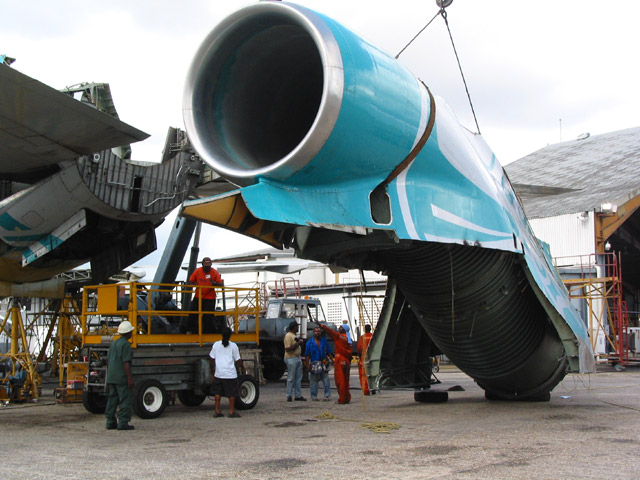
Currently, the aircraft is missing one wing due to the limit of space. The wing which would be on the same side as that of the pilot's seat had to be scrapped as it would jut on to the property adjacent to the museum. The aircraft came with only two engines and one will be mounted on the wing, while the other will be opened up for display showing the different parts of the engine. A new air conditiong system will be put and the contract for that has already been given out, and the airplane will be re-wired so that it can handle 220 volts as it will be attached to regular power supply.
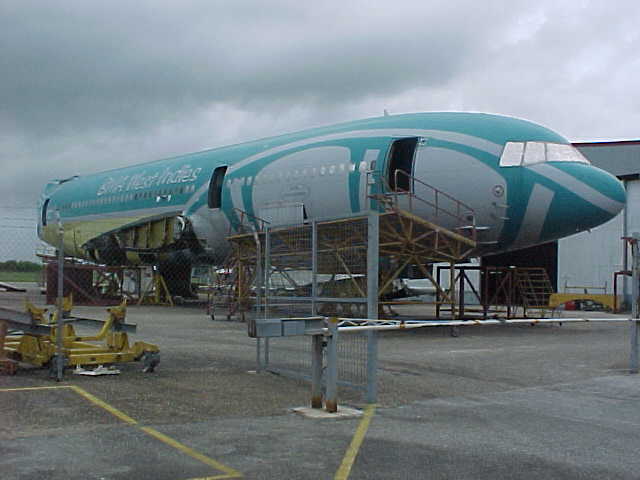
Part of the aircraft will be turned into the BWIA museum. The museum will also contain the history of the L-1011. Key features will include audio between the cockpit on takeoff and landing, interviews with former BWIA pilots, including some who are World War I veterans. Pilots and flight crews who flew the L-1011 will also be interviewed along with video footage of the aircraft, making use of the movie system the airline had. Uniforms of the pilots and flight attendants will also be displayed while the cockpit will be turned into a static display with a crew. Also, photographs of all types the airline has operated will be displayed. Plans also call for the use of the cargo hold.
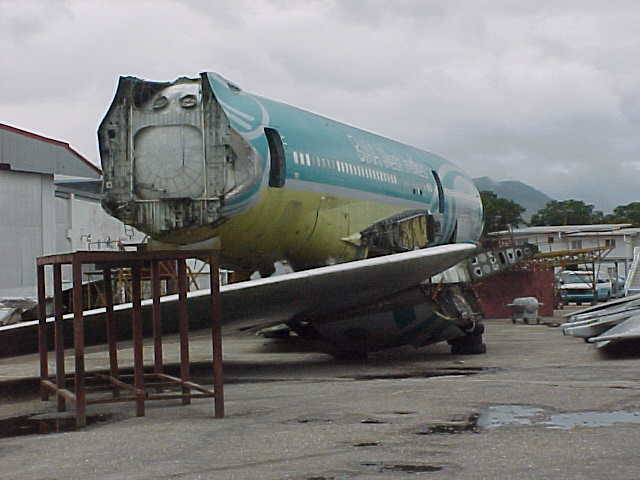
Although the aircraft is in the new livery, which is now fading, plans are that the aircraft will be repainted in the old livery with the yellow cheatline. There are also plans to turn part of the economy class section into a conference room while the rear of the aircraft will be turned into the museum director's office. However, plans for the conference room and the office may change. The museum hopes to open the L-1011 exhibit by the end of this year.
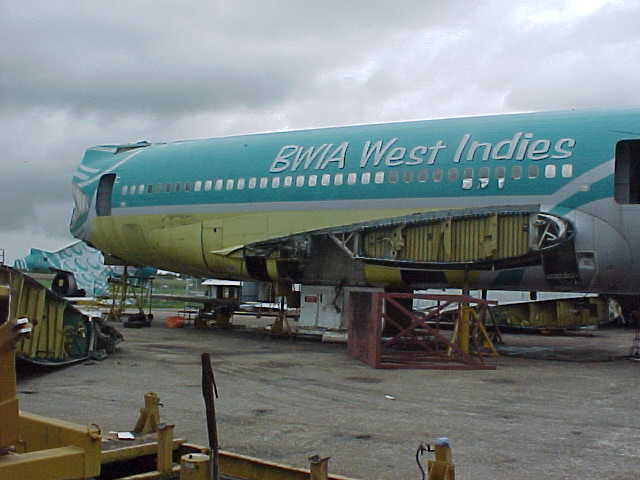
Interesting fact is that the Chaguaramas Military Museum is not far from where BWIA initially launched operations in the 1940s. Chaguaramas is where the seaplanes operated from in the first half of the 20th century. With no help from the government nor BWIA, preservation is not an easy task, but people who have loved the airline and the trijet are making efforts, and 9Y-TGN is now slowly but surely moving along its road to preservation.
|
|